The Chess Clock
Howard Staunton (April 1810 - June 22 1874) was an English chess master and unofficial World Chess Champion. He was also a newspaper columnist, author, and Shakespearean scholar. His name is remembered most today for the style of chess figures he endorsed, the Staunton pattern of chess pieces.
Little is known about the life of Staunton before his appearance on the chess scene. He said he was born in Westmorland and his father's name was William. He said he was an actor as a young man, that he once played the role of Lorenzo in the Merchant of Venice and he had acted with the famous English actor Edmund Kean.
It is documented that in 1836, Staunton was in London, and he made a subscription to William Walker's book Games at Chess, actually played in London, by the late Alexander McDonnell Esq. Staunton was apparently twenty-six years old when he began to take a interest in the game. He said that at that time, he was a "rook player."
From age twenty-six on, he began a serious pursuit of the game. In 1838 he played many games with Captain William Evans, inventor of the Evans Gambit. He also played a match against the German chess writer Aaron Alexandre , losing.
In 1840 he began writing, doing a chess column for the New Court Gazette from May to the end of the year. He had improved sufficiently by 1840 to play and win a match with the German master Popert, which he won by a single game. He also began writing for British Miscellany which in 1841 led to his founding the chess magazine known as the Chess Player's Chronicle. Staunton edited the magazine until 1854, when he was succeeded by Robert Barnett Brien.
In 1842 he played hundreds of games with John Cochrane. Cochrane was a strong player, and Staunton had a good warm-up for what was to be his greatest chess achievement the following year. In 1843, Staunton played a short match with France's champion, Pierre St. Amant, who was visiting London. Staunton lost the match, 3.5-2.5, but later arrangements where made for a second match, to be held in Paris. Staunton went to Paris, where from November 14 to December 20, 1843, he played a match at the Cafe de la Regence against St. Amant, beating him decisively, 13-8. After St. Amant's defeat, no other Frenchmen arose to continue the tradition of French chess supremacy started with Philidor, and London became the chess capital of the world. Staunton was now recognized as the world's strongest chess player.
I have read somewhere that Staunton had a big part to play in the idea of having time controls whilst playing chess because he had a very limited level of tolerence. Well the chess clock was invented by Thomas Bright Wilson (1843-1915) of Manchester, England, he is generally credited with the invention of the first chess clock, used for the great London international tournament of 1883. The first patent for a clock was issued in 1884 to Amandus Schierwater of Liverpool. More on chess clocks





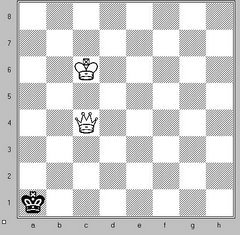
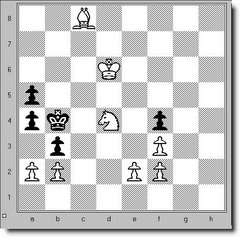
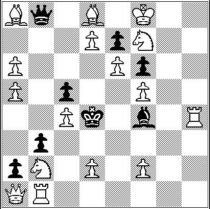
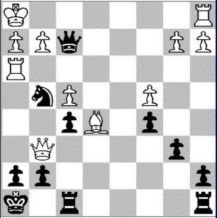
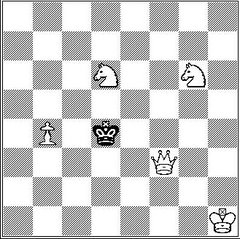
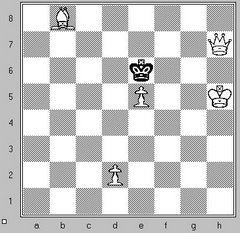
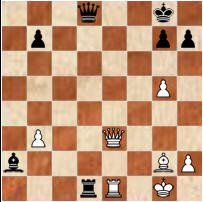

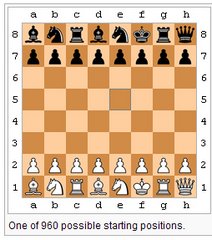
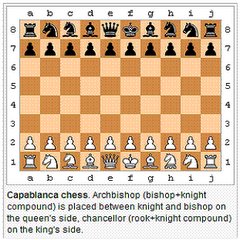
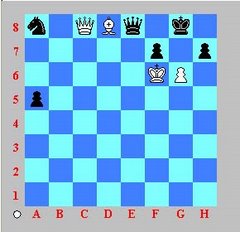
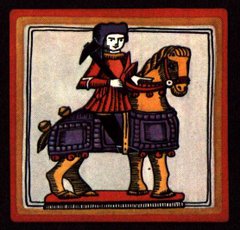
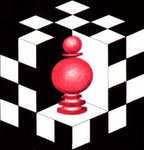




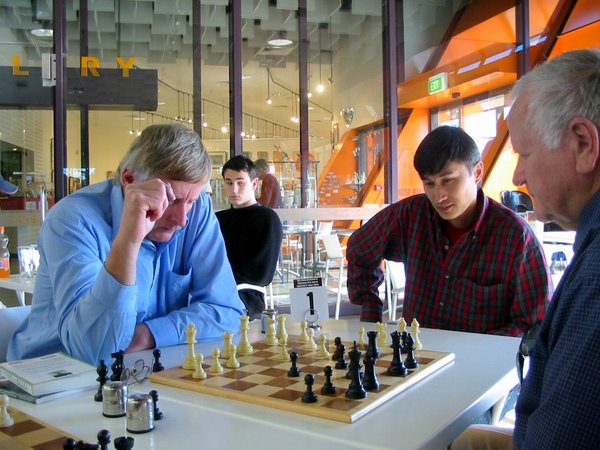
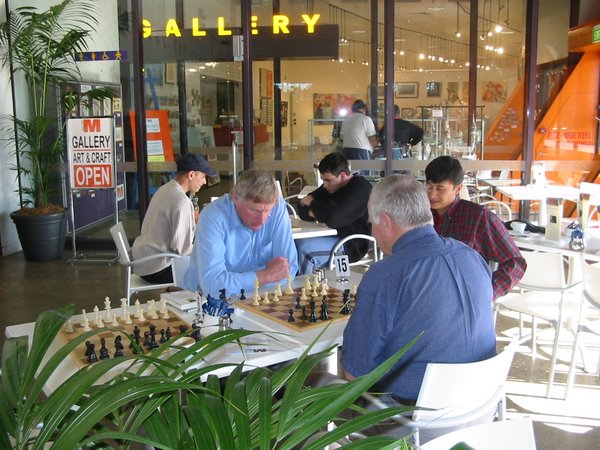
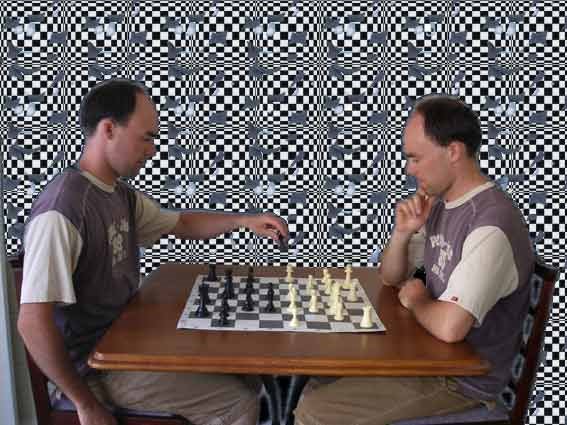

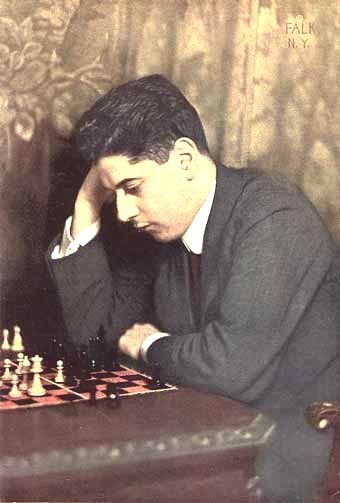
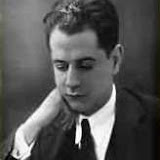

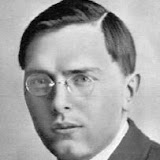
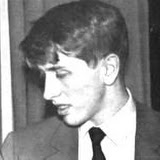
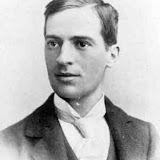

No comments:
Post a Comment